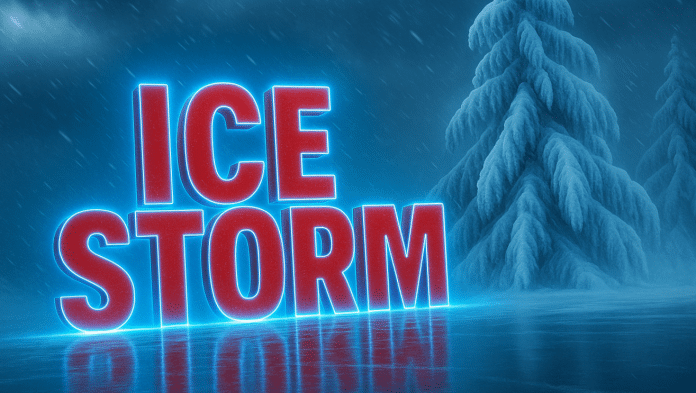Billings, MT – Emergency officials across Montana are urging residents to begin preparing today for potential ice storms this winter, noting that while snow is more common, freezing rain can create far more dangerous and disruptive conditions. According to the National Weather Service (NWS), ice accumulation can snap branches, overload powerlines, and make major highways treacherous across South-Central and Eastern Montana.
According to NOAA, even a light glaze of ice can cause significant damage—especially during warm-ups following Arctic fronts, when temperatures hover around freezing. Ice can create hazardous travel conditions along I-90, I-94, Highway 3, and rural connectors where long stretches of roadway are exposed to crosswinds and drifting moisture. With fluctuating temperatures expected this season, officials say today is the ideal time for residents to begin winter readiness.
According to the National Weather Service, homeowners should start by trimming weak or damaged branches around homes, garages, and walkways. These limbs often fall first as ice begins to accumulate. NOAA also warns residents not to raise windshield wipers before storms, as they can freeze to the windshield and snap; keeping them lowered and covered is recommended.
Families are encouraged to maintain at least a week’s supply of non-perishable food, bottled water, and essential prescriptions. Ice storms can lead to prolonged outages, especially in rural areas where power crews may need additional time to access damage sites. Officials also urge residents not to park vehicles beneath trees, where ice-loaded limbs may fall suddenly.
To prepare for potential outages, emergency managers recommend fully charging phones, flashlights, power banks, and essential devices today. Homeowners using generators should safely store extra gasoline and test the equipment before winter storms develop. Stocking rock salt or ice melt can also help reduce slip hazards around porches, steps, and sidewalks.
“Ice storms can significantly disrupt daily life across Montana,” the NWS said. “Taking steps today is the best way to stay safe this winter.”





